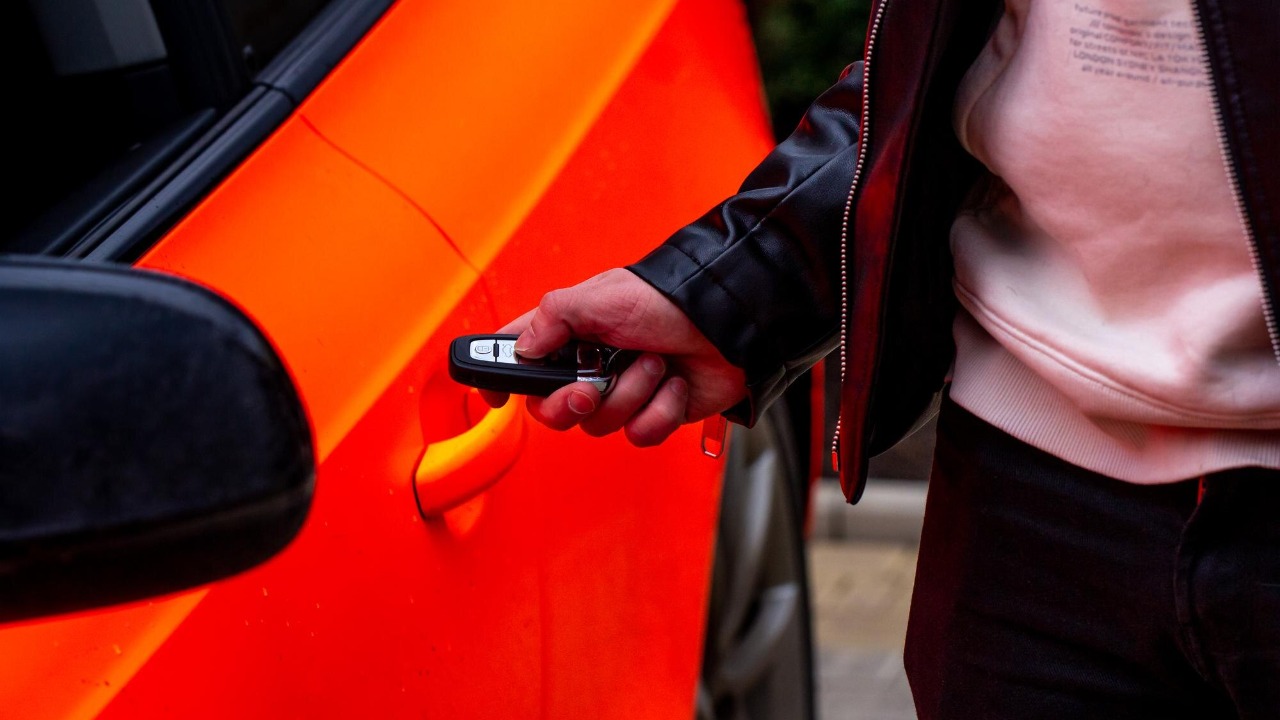
As technology advances, so do the methods of criminals. Keyless car theft, a growing menace to modern vehicles, is a prime example of this. Experts have issued stark warnings about the significance of this issue, and it’s been described as “the invisible threat” driving a notable rise in keyless vehicle thefts. However, vehicle owners can counter this by learning practical steps to prevent key fob cloning, a common tactic used by thieves.
What Is Keyless Car Theft?
Keyless entry systems are wireless technologies that allow drivers to unlock and start cars without physical keys. These systems, which have been widely adopted in vehicles since the early 2000s, offer convenience but also pose a security risk. Keyless theft, or relay theft, involves unauthorized access and driving away of cars using signal interception rather than forced entry, distinguishing it from traditional break-ins.
This form of theft targets the radio frequency signals between the fob and vehicle, making it “invisible” and harder to detect during the act. Unlike traditional car theft, where broken windows or tampered locks give away the crime, keyless theft leaves no such physical evidence, making it a stealthy and efficient method for thieves.
How Keyless Entry Systems Operate
Keyless entry systems work on the principle of passive keyless entry. When the car detects the fob’s signal automatically as it approaches, it uses low-frequency challenges and responses to unlock and start. To enhance security, these systems use rolling codes in fobs. However, vulnerabilities exist when signals are relayed or cloned in real-time.
Popular car brands like Toyota and Ford have integrated these systems into their models. By 2025, over 90% of new cars came standard with keyless entry systems, making them a common target for tech-savvy thieves.
The Mechanics of Fob Cloning
Fob cloning involves capturing and duplicating the fob’s unique signal, allowing thieves to mimic the owner’s key without physical possession. This is achieved using devices that can be easily procured online. A subset of this is relay attacks, which involve two devices: one near the fob inside the home and another at the car to extend the signal range up to 100 meters.
Expert analyses have shown that cloning tools are available online for under $100, enabling even amateur thieves to execute this in under 30 seconds. This ease of access and speed of operation make keyless theft a significant threat to car owners.
Evidence of Rising Keyless Thefts
Data from Crimestoppers in the UK indicates a surge in keyless vehicle thefts reported through 2025, with losses exceeding millions in stolen high-value cars. Australian experts warned in 2024 about the significant scale of the issue, including a 20% year-over-year increase in affected regions like Sydney and Melbourne.
US trends from late 2025 reported over 1,000 keyless theft incidents in major cities, underscoring the global escalation of this problem. This data highlights the urgent need for car owners to take proactive measures to protect their vehicles.
Basic Prevention: Signal Blocking Methods
One effective way to prevent keyless theft is by using Faraday pouches or bags. These are lined with metal mesh to block radio signals from the fob, ensuring the car remains unresponsive when the fob is stored inside. Another simple measure is to keep fobs in secure locations like bedrooms away from entry points to minimize relay attack risks.
It’s also important to avoid leaving fobs near doors or windows, where signals can be intercepted from outside the home. These basic precautions can significantly reduce the risk of keyless theft.
DIY Solutions Like Metal Containers
For those looking for a DIY solution, a metal coffee can or a similar Faraday cage alternative can be used to shield the fob. This effectively blocks signals without the need for specialized gear. You can test the effectiveness of this method by attempting to unlock the car with the fob inside the container—if it fails, the block is successful.
Everyday items like aluminum foil wraps can also be used as a quick fix, though they are less reliable than purpose-built options for long-term use. These simple and cost-effective measures can provide an additional layer of protection against keyless theft.
Advanced and Manufacturer-Based Protections
For added security, car owners can enable steering wheel locks or immobilizers. These secondary deterrents activate even if cloning succeeds, making it harder for thieves to drive away with the vehicle. Some automakers have also started introducing software updates to introduce ultra-wideband technology, which verifies fob distance more accurately and resists cloning.
Aftermarket alarms with GPS tracking for stolen vehicles can also be installed. These systems integrate with apps to provide real-time alerts to owners, allowing them to take immediate action in case of theft. By combining these advanced and manufacturer-based protections with basic preventive measures, car owners can significantly reduce the risk of keyless theft.
More from MorningOverview